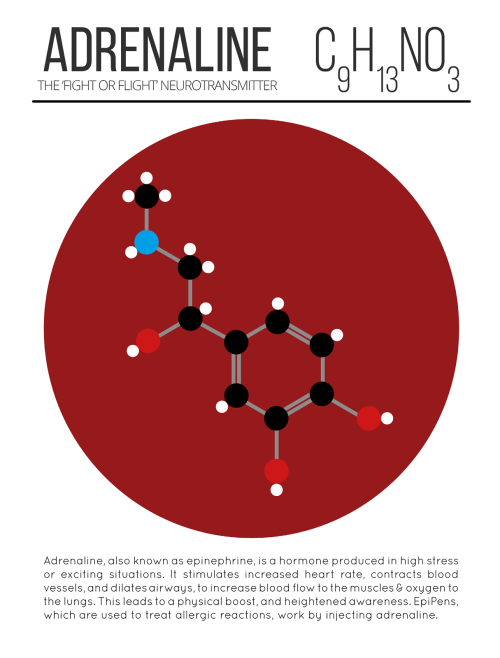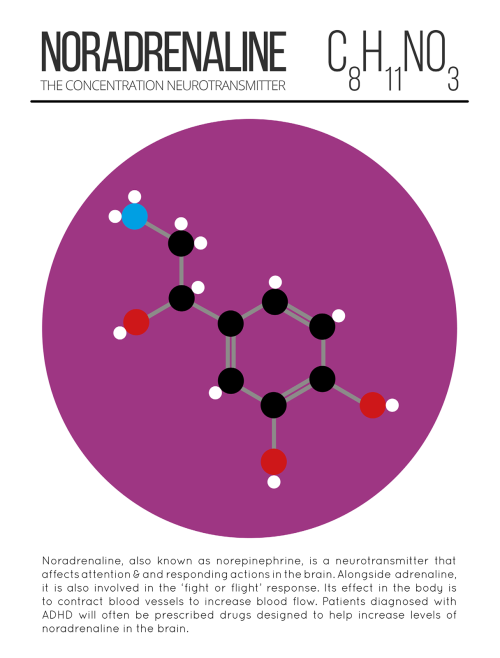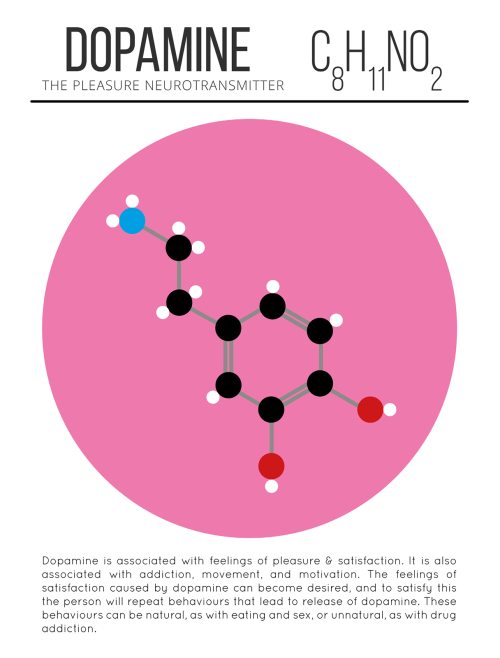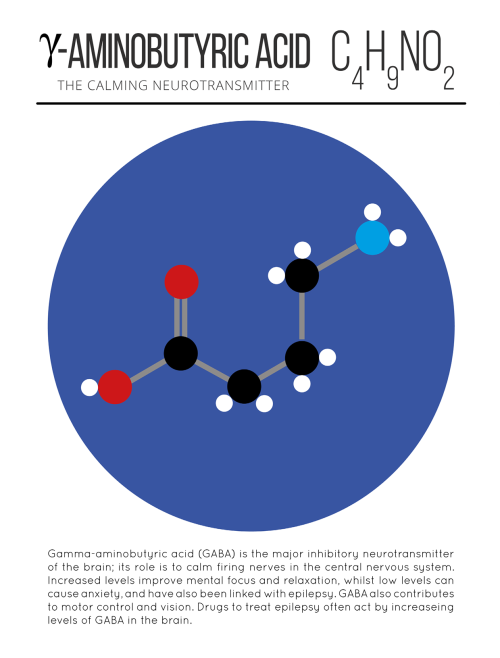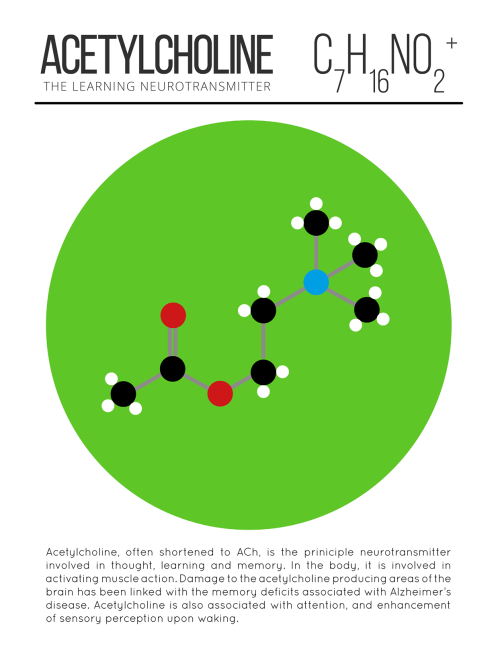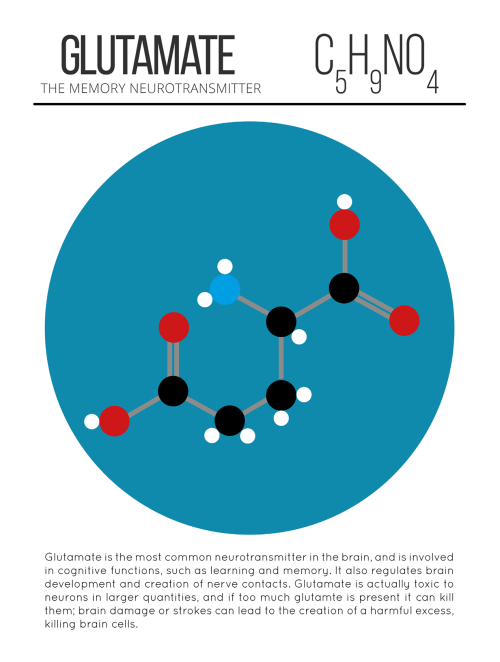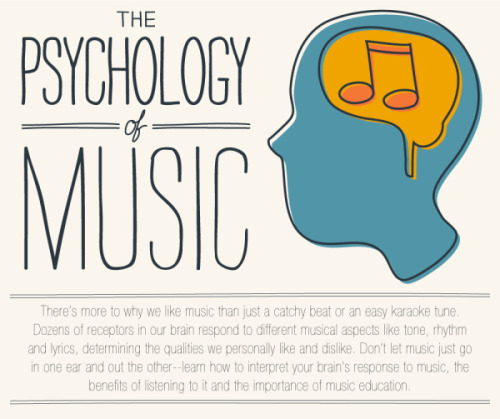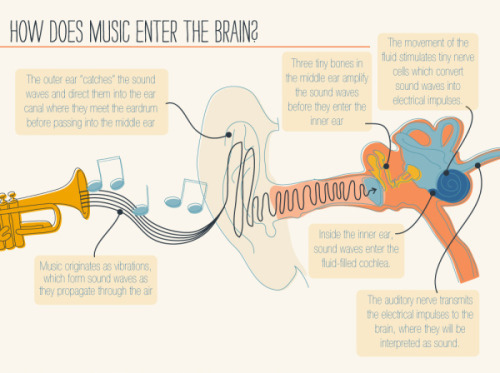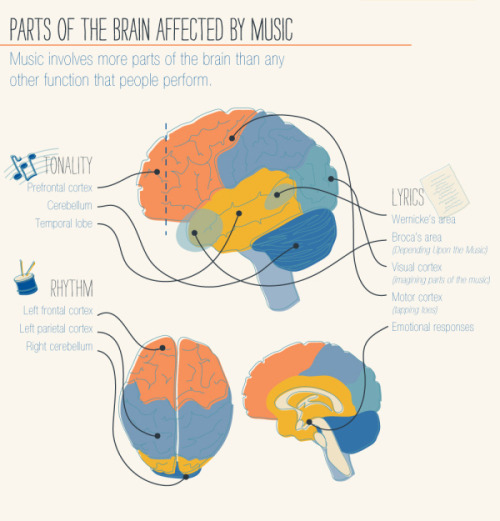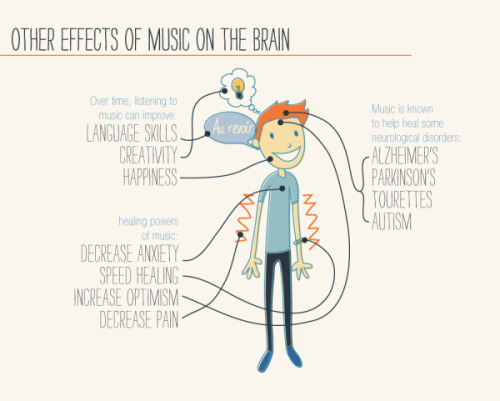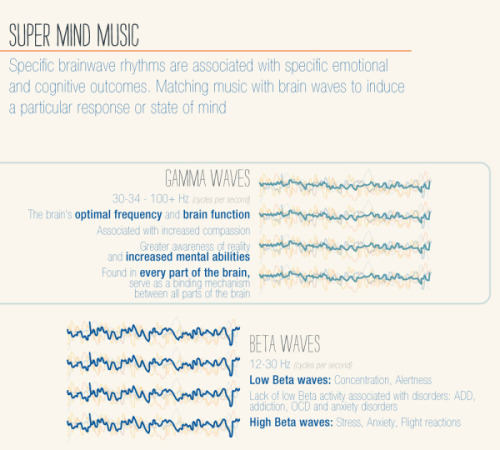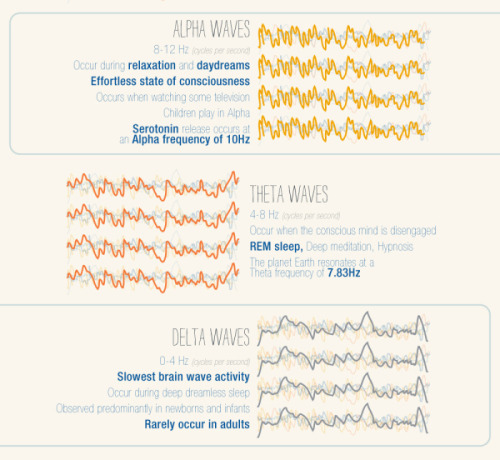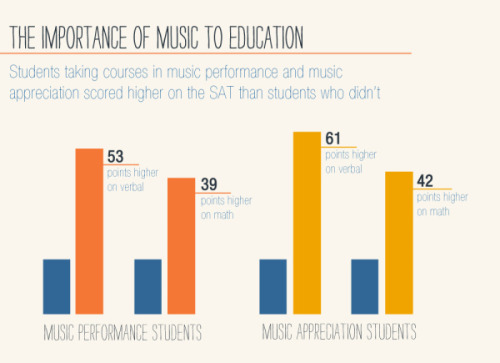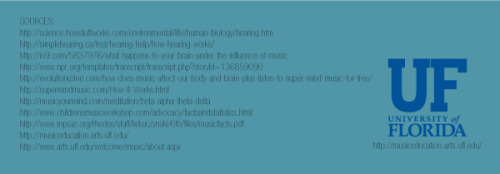How Are Elements Created In Space, Stars, And In Laboratories? The Latest Edition Of #PeriodicGraphics

How are elements created in space, stars, and in laboratories? The latest edition of #PeriodicGraphics in C&EN takes a look! http://bit.ly/2UXWoPD http://bit.ly/2YbuBNE
More Posts from Contradictiontonature and Others

The multiverse might not be madness after all.
Alternate realities, parallel dimensions, and multiple universes. Whatever you call it, the notion of other versions of existence is one of the most popular tropes in science fiction. In some other universe, you’re not reading this sentence but skydiving. In another, you’re nothing but a cockroach. In yet another, not only is life impossible, but atoms don’t even exist.
In recent years, though, such seemingly crazy ideas have shifted from fantasy and speculation toward bona fide science. Even among physicists, the multiverse has gone mainstream.
Theoretically, infinite universes might stretch beyond our own, like endless bubbles in a sea of boiling water. Each bubble has its own laws of physics, and although we may never visit or even see another bubble, some physicists say growing evidence is making the multiverse increasingly plausible—and even probable. Learn more here.

This Week in Chemistry: Preventing marble statue weathering, further progress towards hydrogen fusion, and more! Links: http://goo.gl/WeJRV5



Cosmos: A Spacetime Odyssey | Super/hypernova + Colors.
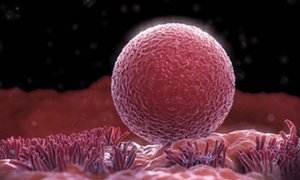
Evidence suggests women’s ovaries can grow new eggs
Scientists have uncovered the first evidence that the human ovary may be able to grow new eggs in adulthood.
If confirmed, the discovery would overturn the accepted view that women are born with a fixed number of eggs and that the body has no capacity to increase this supply. Until now this has been the main constraint on the female reproductive lifespan. The findings, if replicated, would raise the prospect of new treatments to allow older women to conceive and for infertility problems in younger women.
The small study, involving cancer patients, showed that ovarian biopsies taken from young women who had been given a chemotherapy drug had a far higher density of eggs than healthy women of the same age.
Prof Evelyn Telfer, who led the work at the University of Edinburgh, said: “This was something remarkable and completely unexpected for us. The tissue appeared to have formed new eggs. The dogma is that the human ovary has a fixed population of eggs and that no new eggs form throughout life.”
Ovarian biopsies taken from young women who had been given a particular chemotherapy drug showed that the tissue appeared to have formed new eggs. Photograph: Science Picture Co/Getty Images/Science Faction


Leopard shark makes world-first switch from sexual to asexual reproduction
A leopard shark in an Australian aquarium has reproduced asexually after being separated from her mate.
It is the first reported case of a shark switching from sexual to asexual or parthenogenetic reproduction and only the third reported case among all vertebrate species.
The leopard shark, Leonie, was captured in the wild in 1999 and introduced to a male shark at the Reef HQ aquarium in Townsville, Queensland, in 2006. Leopard sharks are also known as zebra sharks.
One of the baby sharks born to leopard sharks at Reef HQ aquarium in Townsville, who have produced live young through asexual reproduction. Photograph: Tourism and Events Queensland
Leonie, the world’s first shark known to have switched from sexual to asexual reproduction, at Reef HQ aquarium in Townsville. Photograph: Tourism and Events Queensland

The Hubble Space Telescope captured this picture of the wispy remains of a supernova explosion. The dust cloud in the upper center of the picture is the actual supernova remnant. The dense concentration of stars in the lower left is the outskirts of star cluster NGC 1850. Full resolution picture here. More info here. Credit: NASA, ESA, Y.-H. Chu (Academia Sinica, Taipei)

IN THE MIX
Matti Koivisto, an undergraduate student working in the laboratory of Kari Haajanen at Turku University of Applied Sciences, designs solutions similar to this one to detect the bacteria Escherichia coli. He uses a dye called rhodamine 6G, which has a strong orange color when dissolved in ethanol. In solution, the dye separates into negatively and positively charged ions, the latter of which are largely responsible for the dye’s color. Negatively charged molecules on the outer membranes of E. coli attract the dye’s positive ions. This interaction causes the dye to change color to a pinkish hue, and the level of color change allows Koivisto to gauge how many of the bacteria are present.
Submitted by Matti Koivisto
Do science. Take photos. Make money: Enter our monthly photo contest here for your chance to win!
Related C&EN content:
How dyes in mouse feces help track insects
Using an ink-jet printer to simplify analytical chemistry

WHAT??? Time to update those textbooks.
Did life begin on land rather than in the sea?
Stromatolites are round, multilayered mineral structures that range from the size of golf balls to weather balloons and represent the oldest evidence that there were living organisms on Earth 3.5 billion years ago.
Scientists who believed life began in the ocean thought these mineral formations had formed in shallow, salty seawater, just like living stromatolites in the World Heritage-listed area of Shark Bay, which is a two-day drive from the Pilbara.
But what Djokic discovered amid the strangling heat and blood-red rocks of the region was evidence that the stromatolites had not formed in salt water but instead in conditions more like the hot springs of Yellowstone.
The discovery pushed back the time for the emergence of microbial life on land by 580 million years and also bolstered a paradigm-shifting hypothesis laid out by UC Santa Cruz astrobiologists David Deamer and Bruce Damer: that life began, not in the sea, but on land.
Stromatolites.Credit: © Ints / Fotolia
-
 carljparker liked this · 3 years ago
carljparker liked this · 3 years ago -
 anactualamphibian reblogged this · 5 years ago
anactualamphibian reblogged this · 5 years ago -
 notlily2 liked this · 5 years ago
notlily2 liked this · 5 years ago -
 tinuon reblogged this · 5 years ago
tinuon reblogged this · 5 years ago -
 tinuon liked this · 5 years ago
tinuon liked this · 5 years ago -
 colekaidos liked this · 5 years ago
colekaidos liked this · 5 years ago -
 murhuedur reblogged this · 5 years ago
murhuedur reblogged this · 5 years ago -
 murhuedur liked this · 5 years ago
murhuedur liked this · 5 years ago -
 singingofdudesarms reblogged this · 5 years ago
singingofdudesarms reblogged this · 5 years ago -
 reignnvein reblogged this · 5 years ago
reignnvein reblogged this · 5 years ago -
 ohl reblogged this · 5 years ago
ohl reblogged this · 5 years ago -
 archangelgabriel1997 liked this · 5 years ago
archangelgabriel1997 liked this · 5 years ago -
 ash-moztaza liked this · 6 years ago
ash-moztaza liked this · 6 years ago -
 aestheticbit-blog liked this · 6 years ago
aestheticbit-blog liked this · 6 years ago -
 cara-linea reblogged this · 6 years ago
cara-linea reblogged this · 6 years ago -
 toonvailo reblogged this · 6 years ago
toonvailo reblogged this · 6 years ago -
 graciasdesilusion reblogged this · 6 years ago
graciasdesilusion reblogged this · 6 years ago -
 whats-not-taken123 reblogged this · 6 years ago
whats-not-taken123 reblogged this · 6 years ago -
 sherlockisblogging reblogged this · 6 years ago
sherlockisblogging reblogged this · 6 years ago -
 sherlockisblogging liked this · 6 years ago
sherlockisblogging liked this · 6 years ago -
 rightsideleft13 liked this · 6 years ago
rightsideleft13 liked this · 6 years ago -
 littlemissthunderstorm-blog1 reblogged this · 6 years ago
littlemissthunderstorm-blog1 reblogged this · 6 years ago -
 eternal-pupil liked this · 6 years ago
eternal-pupil liked this · 6 years ago -
 colorful342-blog liked this · 6 years ago
colorful342-blog liked this · 6 years ago -
 quandoachuvaparar reblogged this · 6 years ago
quandoachuvaparar reblogged this · 6 years ago -
 mvrdybums liked this · 6 years ago
mvrdybums liked this · 6 years ago -
 mangosyfresas liked this · 6 years ago
mangosyfresas liked this · 6 years ago -
 primerprime5 liked this · 6 years ago
primerprime5 liked this · 6 years ago -
 horticultureman liked this · 6 years ago
horticultureman liked this · 6 years ago -
 infinitekeys liked this · 6 years ago
infinitekeys liked this · 6 years ago -
 marsbarinacar liked this · 6 years ago
marsbarinacar liked this · 6 years ago -
 bluetopazzz liked this · 6 years ago
bluetopazzz liked this · 6 years ago -
 rainyfirewitch liked this · 6 years ago
rainyfirewitch liked this · 6 years ago -
 nikoniko100 liked this · 6 years ago
nikoniko100 liked this · 6 years ago -
 djsavileone-blog liked this · 6 years ago
djsavileone-blog liked this · 6 years ago -
 vavelix reblogged this · 6 years ago
vavelix reblogged this · 6 years ago -
 vavelix liked this · 6 years ago
vavelix liked this · 6 years ago
A pharmacist and a little science sideblog. "Knowledge belongs to humanity, and is the torch which illuminates the world." - Louis Pasteur
215 posts

